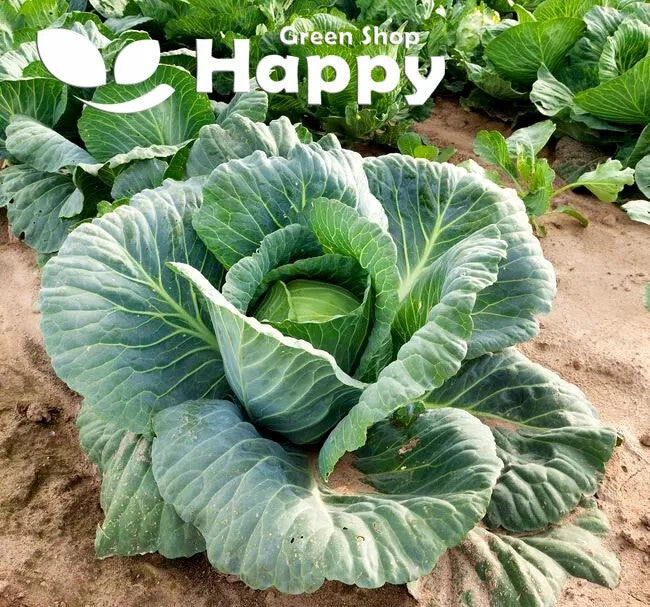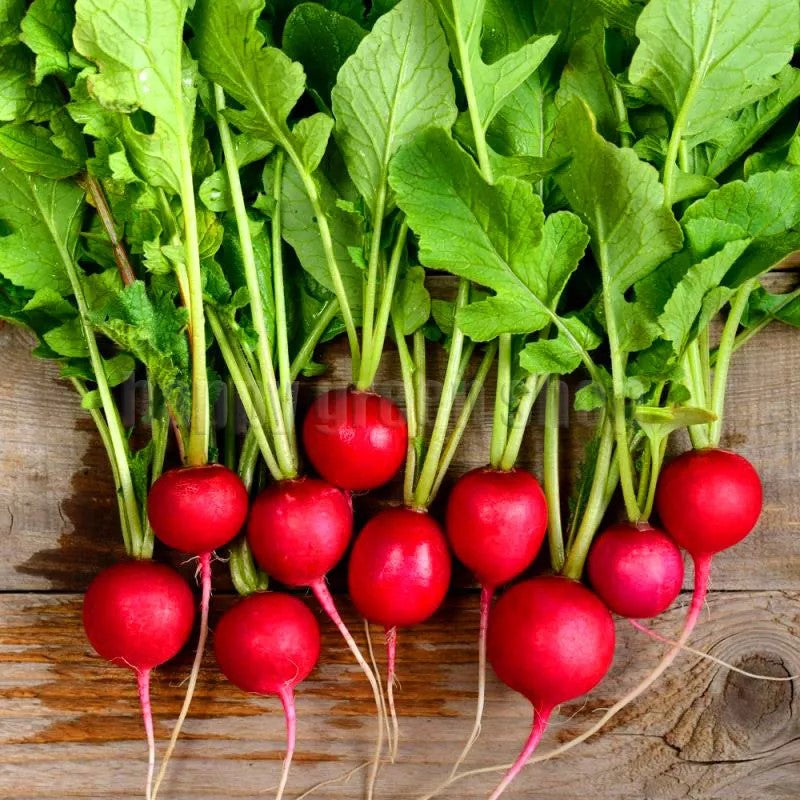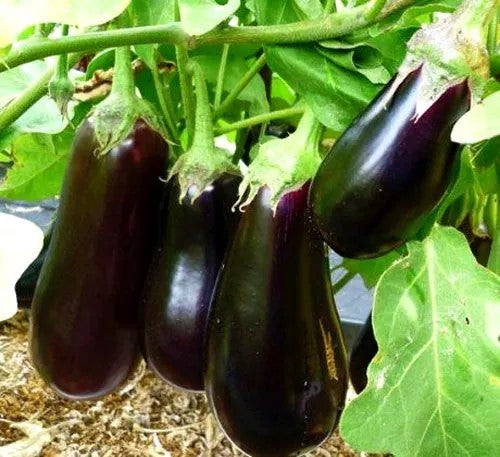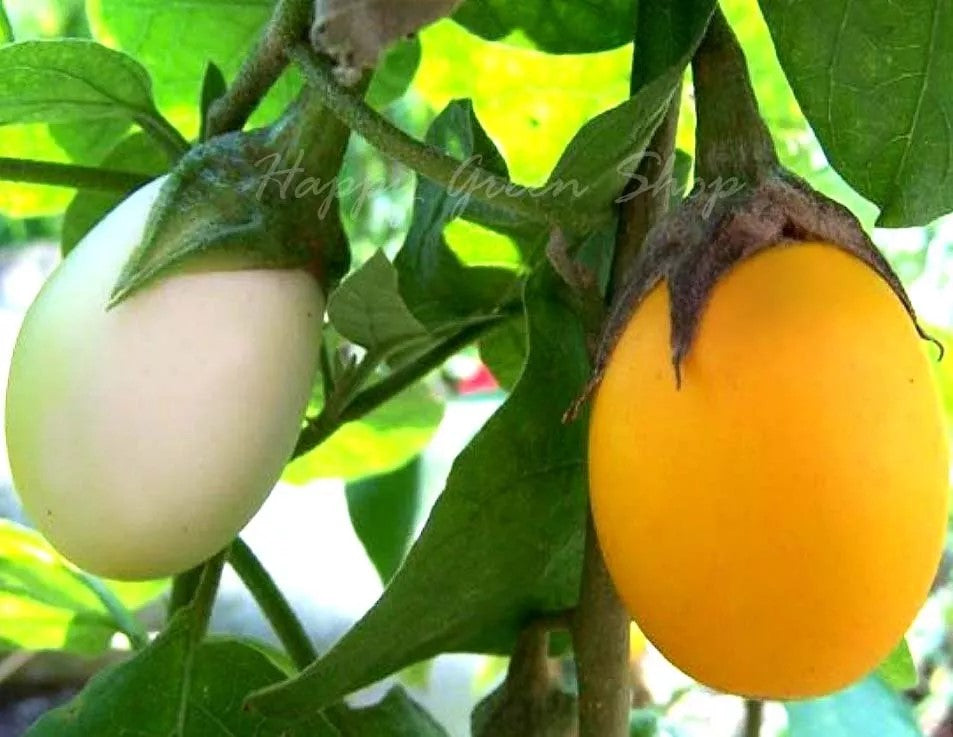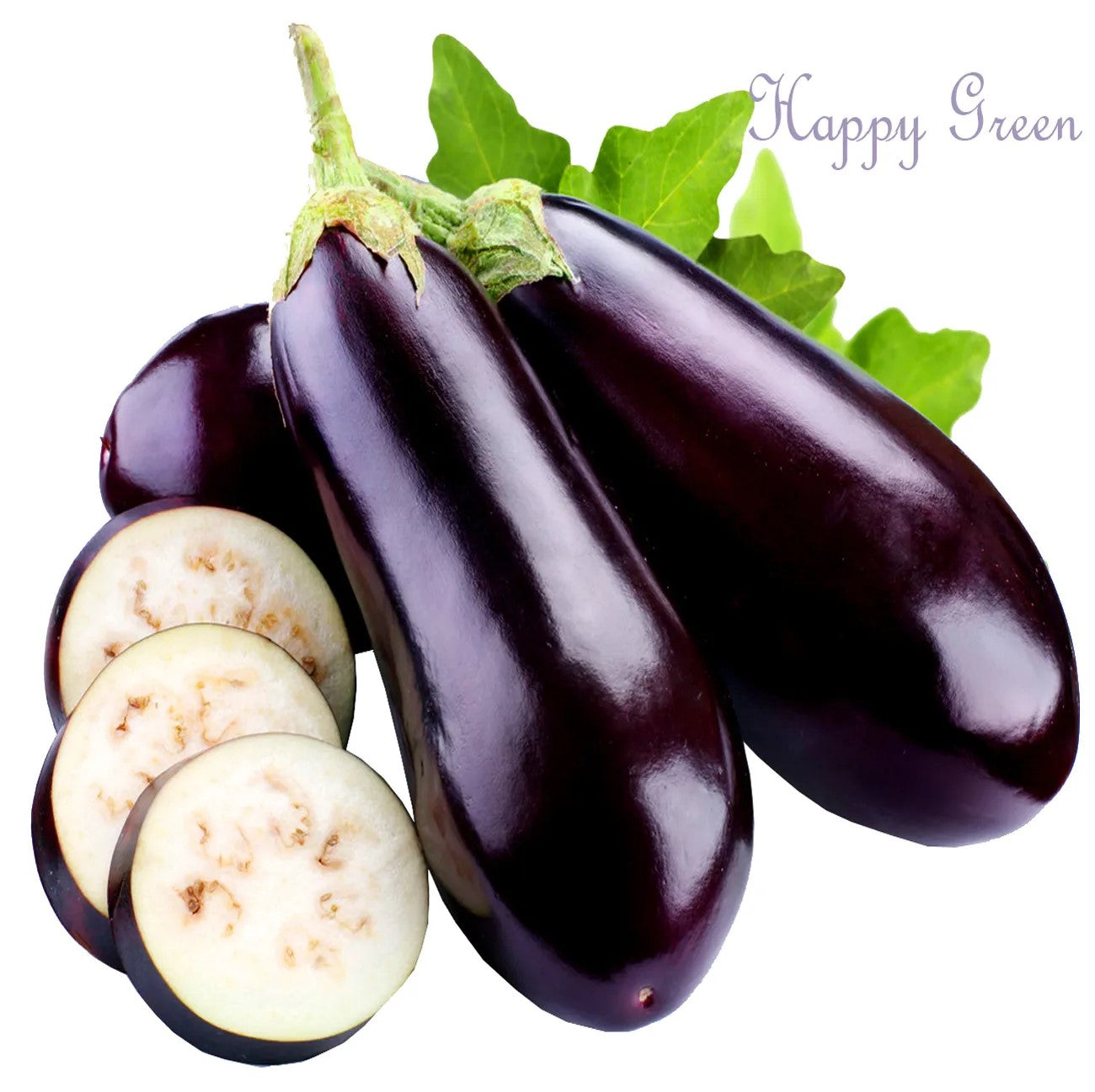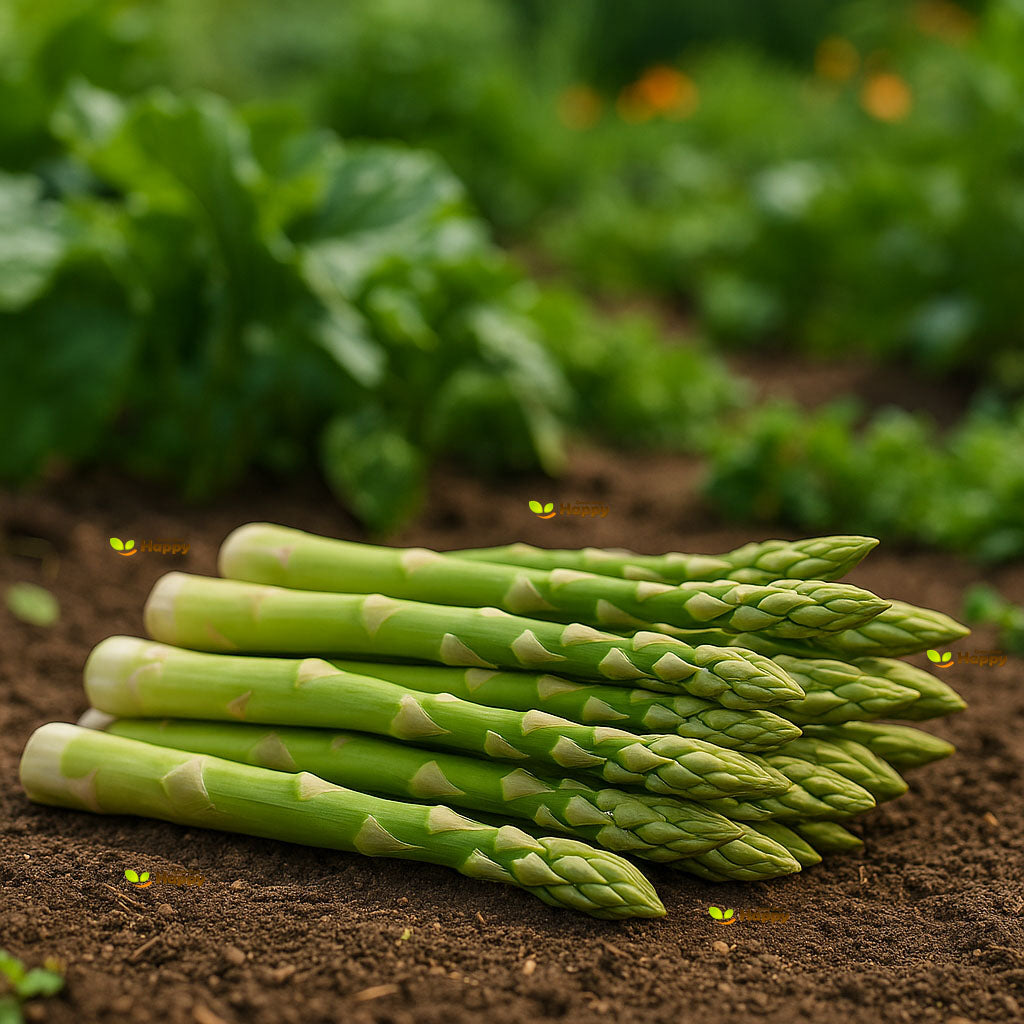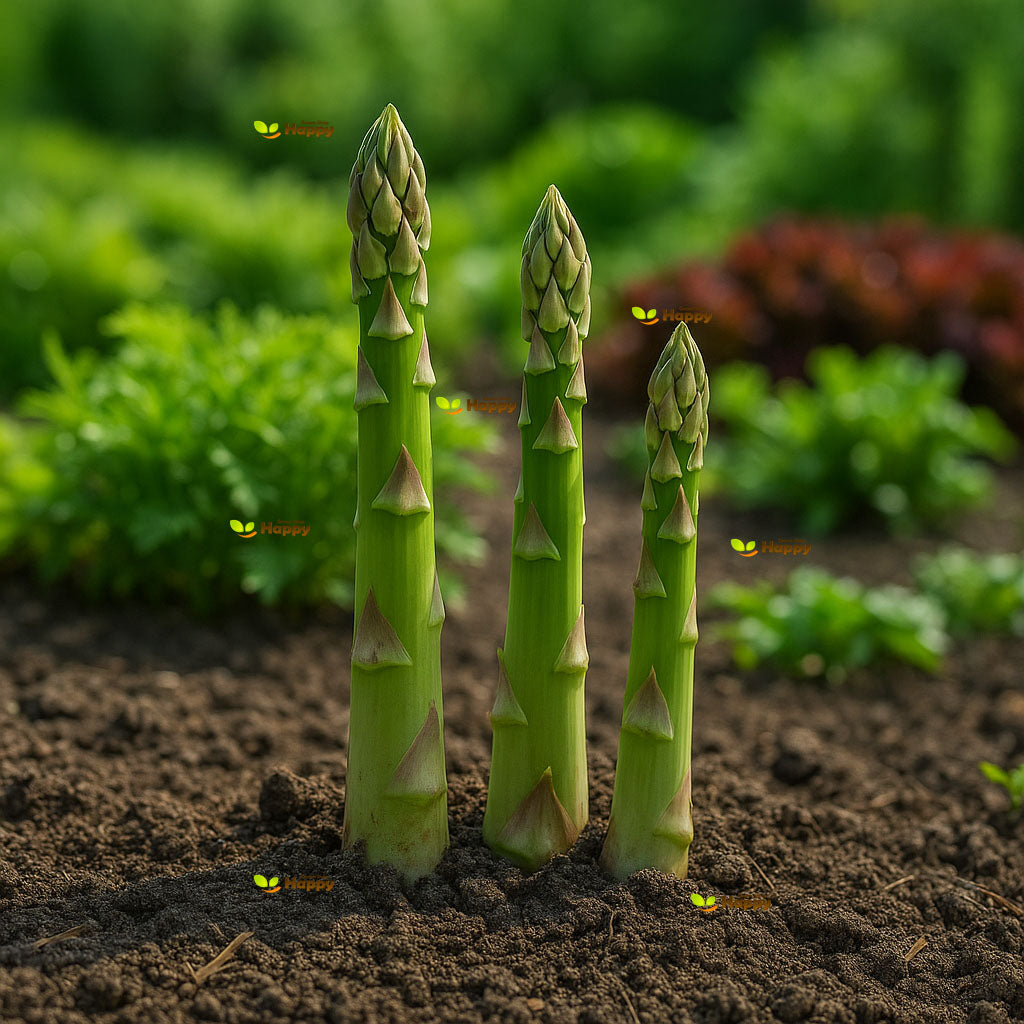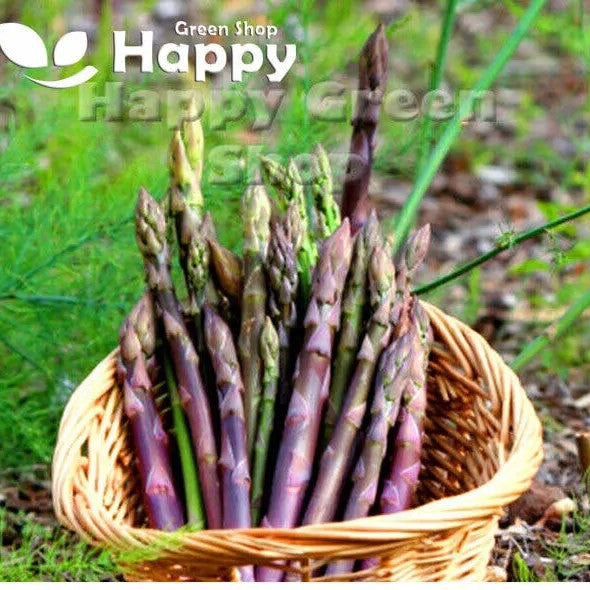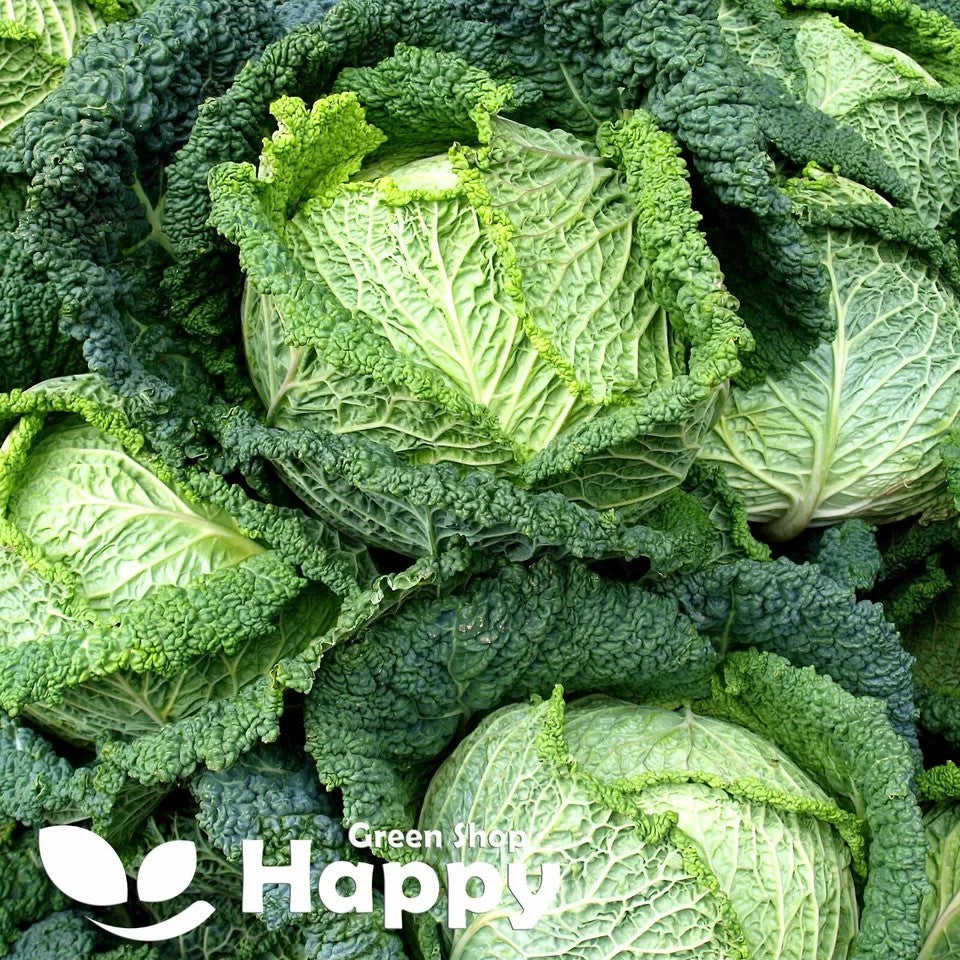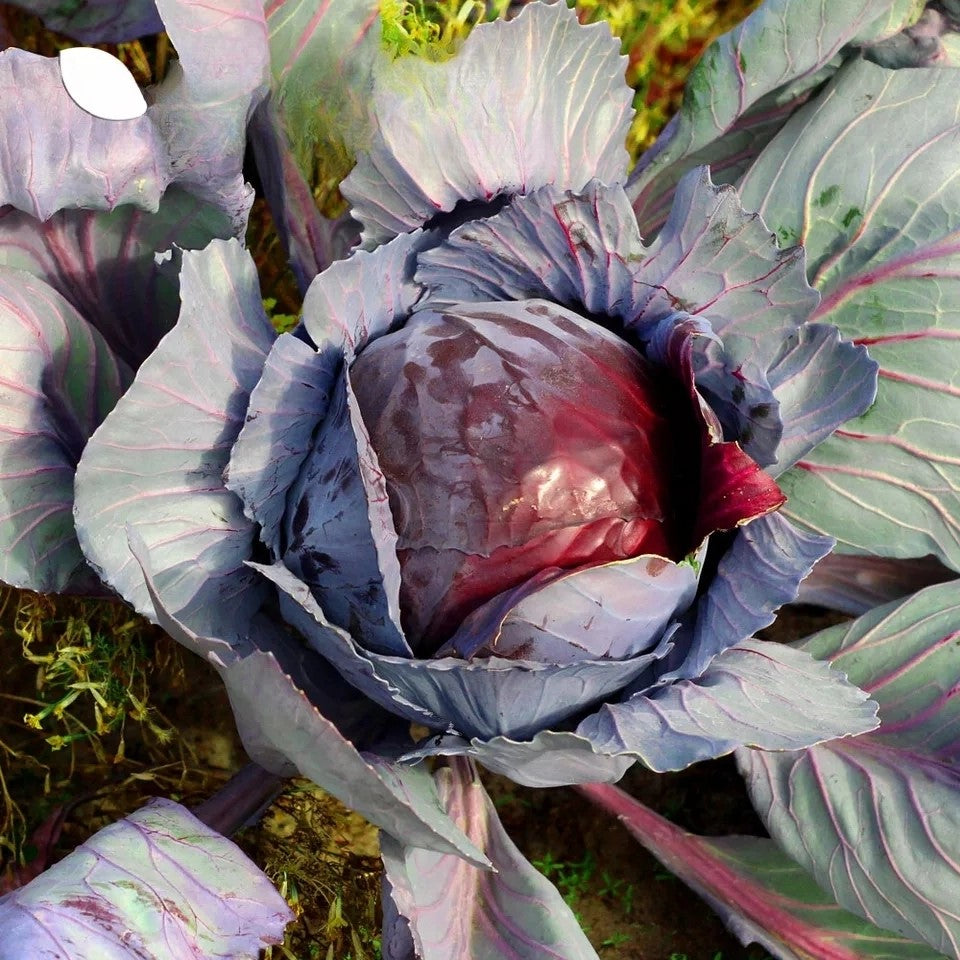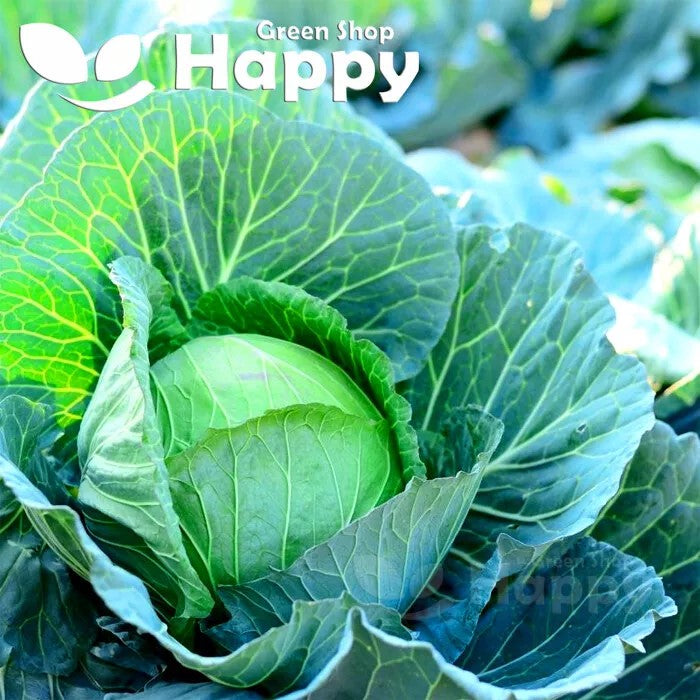Sort by:
30 products
30 products
Aubergine ‘Halflange Violette’ Seeds (Solanum melongena)
Grow flavorful, glossy vegetables with Aubergine ‘Halflange Violette’ (Solanum melongena). This compact variety produces medium-sized, deep purple fruits with tender flesh, perfect for grilling, roasting, or baking. Easy to cultivate in warm climates or greenhouses, it offers a high-yield, homegrown harvest of versatile aubergines.
How to Grow
-
Sow seeds indoors 8–10 weeks before the last frost.
-
Use well-drained, fertile soil in a warm, sunny location.
-
Sow seeds 0.5–1 cm deep and keep soil consistently moist.
-
Maintain a temperature of 22–26°C for optimal germination (10–14 days).
-
Transplant seedlings outdoors or into large containers after all risk of frost has passed, spacing 50–60 cm apart.
-
Water regularly and support plants if necessary.
-
Harvest fruits when fully colored, firm, and glossy.
Key Features
-
Medium-sized, deep purple fruits with tender flesh
-
Compact, high-yield variety
-
Ideal for grilling, roasting, baking, and fresh cooking
-
Easy to grow in warm climates or greenhouses
-
Attractive, glossy vegetables for garden or container planting
Ideal For
-
Vegetable gardens, raised beds, and large containers
-
Grilling, roasting, baking, and culinary use
-
Homegrown, high-yield aubergines
-
Greenhouse cultivation in cooler regions
Sowing
-
Best time: 8–10 weeks before last frost indoors
-
Depth: 0.5–1 cm
-
Spacing: 50–60 cm apart outdoors
-
Prefers full sun, warm conditions, and fertile, well-drained soil
Quick Tip
-
Pinch the growing tips to encourage bushier growth and higher fruit production.
Aubergine 'Golden Egg' – Seeds (Solanum melongena)
Add a touch of the unusual to your garden with the striking Golden Egg aubergine. This rare and decorative variety produces small, oval fruits that ripen to a stunning golden yellow. Compact and easy to grow, it’s both ornamental and edible, making it a real talking point in any kitchen garden, greenhouse, or patio pot. The tender fruits are perfect for grilling, baking, or adding a unique twist to your favorite dishes.
How to Grow
-
Sow seeds indoors from January to April at 20–25°C.
-
Sow 0.5 cm deep in trays or pots of moist compost.
-
Transplant seedlings into larger pots when strong enough.
-
Harden off and plant into greenhouse borders, grow bags, or sunny sheltered beds after the last frost.
-
Water regularly and support as fruits develop.
Key Features
-
Rare aubergine variety with golden-yellow fruits
-
Compact plants, ideal for pots and greenhouses
-
Edible and ornamental – perfect for display and cooking
-
Easy to grow with good yields
-
Unique centerpiece for kitchen gardens
Ideal For
-
Greenhouses, polytunnels, and sunny patios
-
Decorative planting with edible appeal
-
Grilling, baking, and creative cooking
-
Gardeners looking for something unusual
Sowing & Harvest
-
Sow: January to April (indoors)
-
Depth: 0.5 cm
-
Spacing: 40–50 cm
-
Harvest: August to October
Quick Tip
-
For best results, pick fruits regularly when firm and brightly colored to encourage continuous production.
Aubergine 'Black Beauty' – Seeds (Solanum melongena)
The classic Black Beauty aubergine is a time-honored variety producing large, glossy, deep-purple fruits with tender flesh and rich flavor. Compact and reliable, it’s a favorite for home gardeners and a staple in Mediterranean cuisine. Perfect for grilling, roasting, baking, or adding to curries and stews, this aubergine is as versatile as it is delicious.
How to Grow
-
Sow seeds indoors from January to April in trays or pots.
-
Sow 0.5 cm deep in moist compost, keeping warm at 20–25°C.
-
Transplant seedlings into larger pots when big enough to handle.
-
Harden off and plant out in a greenhouse or sunny, sheltered spot once frosts have passed.
-
Support plants as they grow and keep soil moist.
Key Features
-
Classic heirloom aubergine variety
-
Large, glossy, deep-purple fruits
-
Rich, tender flesh with excellent flavor
-
Reliable and high-yielding
-
Suitable for greenhouses, polytunnels, or warm outdoor sites
Ideal For
-
Mediterranean cooking
-
Roasting, grilling, frying, and stews
-
Greenhouses, polytunnels, or sunny patios
-
Home gardeners seeking a proven classic
Sowing & Harvest
-
Sow: January to April (indoors)
-
Depth: 0.5 cm
-
Transplant spacing: 40–50 cm
-
Harvest: August to October
Quick Tip
-
Pinch out the growing tip when the plant reaches about 30 cm to encourage bushier growth and more fruit.
Asparagus ‘Mary Washington’ – 60 Seeds (Asparagus officinalis)
Description:
Grow a classic, long-lived perennial vegetable with Asparagus ‘Mary Washington’ (Asparagus officinalis). This heirloom variety is renowned for its high yields of tender, flavorful green spears with slightly purple tips. Ideal for home gardens and allotments, it produces abundant harvests year after year once established. Easy to grow from seed, ‘Mary Washington’ is disease-resistant and perfect for gardeners seeking a reliable, low-maintenance perennial crop.
Key Features
-
Heirloom variety producing tender green spears
-
Long-lived perennial with high yields
-
Excellent flavor and texture
-
Disease-resistant and reliable
-
Easy to grow from seed
Ideal For
-
Home and kitchen gardens
-
Allotments and perennial vegetable beds
-
Sustainable, long-term food production
-
Gardeners seeking low-maintenance crops
Sowing & Growing
-
Sow Indoors: February–April
-
Transplant Outdoors: May–June
-
Germination: 14–21 days at 20–25°C
-
Spacing: 30–45 cm apart in rows 1 m apart
-
Light: Full sun
-
Soil: Deep, fertile, well-drained
Care Tips
-
Do not harvest in the first year to allow plants to establish
-
Keep soil moist but not waterlogged
-
Mulch to retain moisture and suppress weeds
-
Harvest spears in spring from the second or third year
Asparagus 'D'Argenteuil' Seeds (Asparagus officinalis)
Enjoy a gourmet perennial crop with Asparagus 'D'Argenteuil' (Asparagus officinalis). This heirloom variety is prized for its tender, pale pink-tipped spears and excellent flavor. Hardy and long-lived, once established it provides delicious spring harvests year after year, making it a rewarding addition to any vegetable garden.
How to Grow
-
Sow seeds indoors in spring or directly outdoors after frost.
-
Use fertile, well-drained soil in full sun.
-
Sow 1 cm deep, spacing 8–10 cm apart in rows.
-
Transplant seedlings to a permanent bed the following spring, spacing 30–45 cm apart.
-
Allow plants to establish for 2–3 years before heavy harvesting.
Key Features
-
Classic French heirloom asparagus variety
-
Tender spears with pink-tinged tips
-
Excellent flavor and texture
-
Hardy perennial crop with long productivity
-
A rewarding plant for patient gardeners
Ideal For
-
Perennial vegetable gardens
-
Homegrown gourmet cooking
-
Spring harvests year after year
-
Gardeners seeking long-term crops
Sowing
-
Best time: Spring after frost
-
Depth: 1 cm
-
Spacing: 8–10 cm in rows, 30–45 cm when transplanting
-
Prefers fertile, well-drained soil in full sun
Quick Tip
-
Do not harvest heavily in the first two years; allow plants to establish for abundant future yields.
Winter Savoy Cabbage 'Vertus 2' – Seeds (Brassica oleracea)
The Winter Savoy Cabbage 'Vertus 2' is a traditional, hardy variety producing large, dense, medium-green heads with attractive crinkled leaves. It is highly reliable for late autumn and winter harvests, offering sweet, tender leaves perfect for both cooking and fresh use.
This variety thrives in colder climates, with excellent frost resistance that enhances its flavor and texture. A top choice for gardeners seeking a dependable winter vegetable.
How to Grow
-
Sow indoors: March – May
-
Sow outdoors: April – June
-
Transplant/Thin: 40–50 cm apart
-
Soil: Fertile, firm, moisture-retentive
-
Position: Full sun
-
Care: Keep soil consistently moist and protect young plants from cabbage pests
Key Features
-
Traditional winter savoy cabbage variety
-
Large, dense heads with crinkled leaves
-
Excellent frost resistance and winter hardiness
-
Sweet, tender flavor ideal for cooking
-
Reliable and productive for cold seasons
Sowing & Harvest
-
Sow: March – June
-
Harvest: October – February
Red Cabbage 'Langedijker Bewaar 2' – Seeds (Brassica oleracea)
Red Cabbage 'Langedijker Bewaar 2' is a classic late-maturing variety, producing solid, round heads with a striking deep red color. Known for its excellent keeping qualities, this cabbage can be stored well into winter, making it a reliable choice for long-term use. With its crisp texture and sweet, mild flavor, it is perfect for coleslaw, braised dishes, pickling, or adding vibrant color to fresh salads.
A hardy, dependable variety that thrives in cooler conditions and provides uniform, high-quality yields.
How to Grow
. Sow indoors from February to April or directly outdoors from April to May
. Transplant seedlings when strong enough, spacing 50 cm apart
. Grows best in fertile, well-drained soil in a sunny position
. Keep soil evenly moist and protect young plants from pests
. Harvest heads when firm and fully developed
Key Features
. Traditional red cabbage with firm, solid heads
. Attractive deep red leaves with sweet, mild taste
. Excellent for storage and winter use
. Versatile in the kitchen – salads, pickles, and cooked dishes
. High-yielding and reliable variety
Sowing & Harvest
. Sow from February to May
. Harvest from September to December
Short Tip
To extend storage life, harvest in dry conditions and leave outer leaves intact until use.
Pointed Red Cabbage ‘Kalibos’ – Seeds
(Brassica oleracea L.)
Pointed Red Cabbage ‘Kalibos’ is an exceptional variety combining the sweet flavor of pointed cabbage with the deep red color of traditional red cabbage. The tight, conical heads are medium-sized, firm, and full of crisp, tender leaves with a mild, slightly sweet taste—perfect for salads, coleslaws, and light cooking.
Key Features
-
Type: Red pointed cabbage
-
Head Shape: Conical, medium-sized, dense
-
Color: Deep purple-red
-
Taste: Sweet, mild, and crisp
-
Days to Maturity: 110–120 days
-
Harvest Period: Late summer to autumn
-
Storage: Good short-term storage variety
Ideal For
-
Home gardens and allotments
-
Fresh salads and coleslaws
-
Cooking, fermenting, and pickling
Sowing & Growing
-
Sow indoors: February – April
-
Transplant outdoors: April – May
-
Harvest: August – October
-
Spacing: 40 × 50 cm
-
Position: Sunny, sheltered spot
-
Soil: Fertile, moist, well-drained soil enriched with compost
Care Tips
-
Keep soil consistently moist for tender heads.
-
Apply organic fertilizer or compost during growth.
-
Protect from cabbage butterflies with netting.
Autumn Cabbage 'Stonehead' – Seeds (Brassica oleracea)
The Autumn Cabbage 'Stonehead' is a reliable hybrid variety that produces solid, round heads with crisp, tender leaves. Known for its excellent uniformity and resistance to splitting, this cabbage is perfect for autumn harvests and offers a mild, sweet flavor. Its compact growth habit makes it ideal for smaller garden spaces while still delivering generous yields.
How to Grow
-
Sow seeds indoors from February to April or directly outdoors from April.
-
Plant 1 cm deep in trays or modules and transplant when seedlings are strong enough.
-
Space plants 30–40 cm apart in firm, fertile soil with plenty of moisture.
-
Harvest from late summer into autumn as heads mature.
Key Features
-
Hybrid cabbage with solid, round heads
-
Sweet, mild flavor and tender texture
-
Excellent resistance to splitting
-
Compact growth, great for smaller gardens
-
Perfect for cooking, steaming, and coleslaw
Ideal For
-
Autumn kitchen gardens
-
Fresh cooking and storing
-
Gardeners seeking reliable, uniform harvests
Sowing & Harvest
-
Sow: February to April
-
Harvest: August to October
Quick Tip
-
Keep soil consistently moist to encourage dense, firm heads and avoid stress splitting.
Showing 27/30

